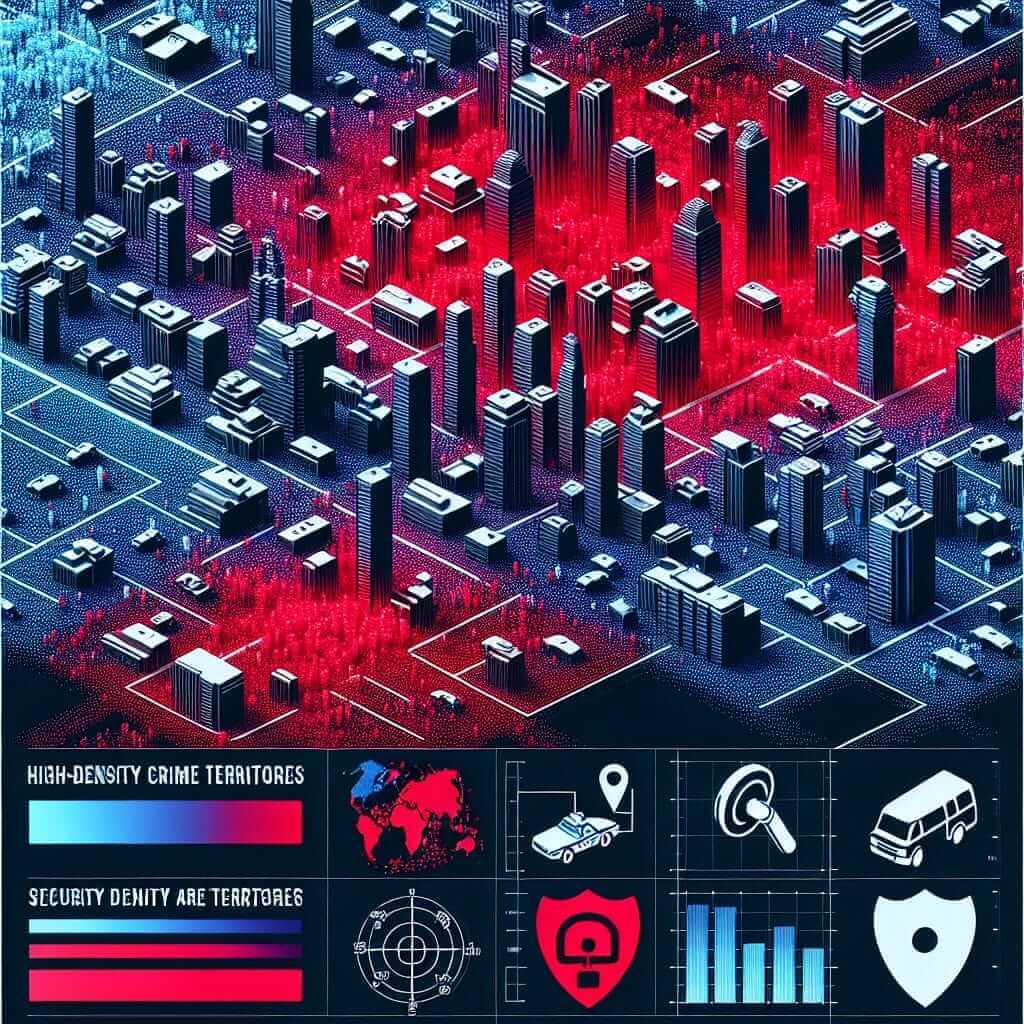The Reading section of the IELTS exam can often present complex and challenging texts. This practice article focuses on the trending topic: “How is AI being used to improve public safety?” The prominence of AI in various fields, especially in public safety, has been widely covered in recent years. Given its relevance and rapid advancement, it is highly probable that similar topics could appear in future IELTS exams. This article will provide a comprehensive practice reading passage, followed by questions designed similarly to actual IELTS exams to help you prepare effectively.
Nội dung bài viết
Practice Reading Passage on AI and Public Safety (Medium Text)
AI and Public Safety
Artificial Intelligence (AI) has emerged as a transformative technology that is increasingly being harnessed to bolster public safety across various sectors. Law enforcement agencies, emergency services, and urban planners are leveraging AI to predict, prevent, and respond to incidents more efficiently and effectively.
One of the key applications of AI in public safety is predictive policing. By analyzing vast amounts of data, AI systems can identify patterns and predict potential crime hotspots. This allows law enforcement to allocate resources strategically, thereby preventing crimes before they occur. For instance, AI can analyze historical crime data along with real-time inputs from surveillance cameras and social media to forecast where crimes are likely to happen and deploy officers accordingly.
 Predictive Policing Heatmap
Predictive Policing Heatmap
In the realm of emergency services, AI is enhancing response times and coordination. Natural language processing (NLP) algorithms can analyze emergency calls to identify the nature and urgency of the situation, ensuring that the appropriate response teams are dispatched quickly. Furthermore, AI-powered drones and robotics are being used in disaster response scenarios to conduct search and rescue operations, providing real-time data that helps first responders make informed decisions.
Urban planners are also utilizing AI to design safer cities. AI models can simulate various urban scenarios, predicting the outcomes of different planning decisions. This helps in creating environments that minimize risks such as traffic accidents and violent crime. For example, AI can optimize traffic light patterns and pedestrian crossings to reduce collisions and improve overall public safety.
Despite the many benefits, the implementation of AI in public safety is not without challenges. Privacy concerns, ethical considerations, and the need for accurate data are significant issues that need to be addressed. Moreover, the success of AI applications hinges on the quality of data and the algorithms used. As such, ongoing research and development are crucial for AI to realize its full potential in improving public safety.
In conclusion, AI is playing a pivotal role in revolutionizing public safety. From predictive policing and emergency services to urban planning, the applications of AI are vast and varied. However, it is essential to navigate the ethical, privacy, and data-related challenges to fully harness the benefits of AI in this critical field.
Questions
Multiple Choice
-
What is the main role of AI in predictive policing?
- A) To surveil criminals continuously.
- B) To identify patterns and predict potential crime hotspots.
- C) To replace human officers completely.
- D) To analyze social media for police recruitment.
-
How does AI help emergency services?
- A) By providing entertainment.
- B) By enhancing response times and coordination.
- C) By replacing human emergency responders.
- D) By conducting social media analysis.
True/False/Not Given
-
Predictive policing solely depends on surveillance camera data. (True/False/Not Given)
-
AI can optimize traffic signals to reduce accidents. (True/False/Not Given)
Matching Information
-
Match each AI application with its corresponding benefit:
-
Predictive Policing
-
Emergency Services
-
Urban Planning
-
a) Enhancing response times
-
b) Predicting potential crime hotspots
-
c) Creating safer urban environments
-
Short-answer Questions
-
What are some challenges mentioned in the passage related to the implementation of AI in public safety?
-
How are AI-powered drones used in emergency situations?
Answer Key
-
B: To identify patterns and predict potential crime hotspots.
-
B: By enhancing response times and coordination.
-
False: The passage mentions that AI systems analyze vast amounts of data including historical crime data and real-time inputs from surveillance cameras and social media.
-
True: The passage states that AI can optimize traffic light patterns and pedestrian crossings to reduce collisions.
-
- Predictive Policing (b) Predicting potential crime hotspots
- Emergency Services (a) Enhancing response times
- Urban Planning (c) Creating safer urban environments
-
Challenges mentioned include privacy concerns, ethical considerations, and the need for accurate data.
-
AI-powered drones are used in disaster response scenarios to conduct search and rescue operations, providing real-time data that helps first responders make informed decisions.
Common Mistakes
When tackling reading passages about AI and public safety, students often:
- Misinterpret the scope of predictive policing.
- Confuse the roles of different AI applications across sectors.
- Overlook specific details about the coordination and real-time capabilities of AI in emergency scenarios.
Vocabulary
- Predictive Policing (noun): tiên đoán hành vi tội phạm [prɪˈdɪktɪv ˈpɒlɪsɪŋ]
- Emergency Services (noun): dịch vụ khẩn cấp [ɪˈmɜːrdʒənsi ˈsɜːrvɪsɪz]
- Real-time (adjective): thời gian thực [ˈriːəl taɪm]
- Ethical Considerations (noun): các cân nhắc về đạo đức [ˈeθɪkəl kənˌsɪdəˈreɪʃənz]
Grammar Focus
- Present Continuous: Used to describe ongoing actions relevant to the present context.
- Example: “Law enforcement agencies are leveraging AI to predict, prevent, and respond to incidents.”
Advice
To excel in the Reading section:
- Skim the passage for general understanding before delving into questions.
- Pay attention to specific information that directly answers the questions.
- Practice regularly with various types of texts to enhance comprehension skills.
Interested in how technology is enhancing public safety? Check out these related articles: How is Blockchain Technology Being Used to Improve Food Safety and How is Technology Enhancing Public Safety.


